In terms of economy , the resolution sets a target of striving for an average gross domestic product (GDP) growth rate of over 8.0% per year in the 2021-2030 period. By 2030, GDP per capita at current prices will reach about 8,500 USD.
The proportion of the service sector in GDP will reach over 50%, the industry - construction sector over 40%, the agriculture, forestry and fishery sector under 10%. The average growth rate of social labor productivity will reach about 7%/year in the 2021-2030 period; of which the 2026-2030 period will reach over 8.5%/year. The contribution of total factor productivity (TFP) to growth will reach over 55%.
Strongly develop digital infrastructure and data infrastructure to create a foundation for national digital transformation, develop digital government , digital economy, digital society; the proportion of digital economy reaches about 30% of GDP...

The resolution sets out the goal of comprehensively developing human resources and improving the material and spiritual life of the people. Photo: Nguyen Hue
Regarding society, the resolution stated to firmly maintain the replacement fertility rate (on average, each woman of childbearing age has 2.1 children); the population size reaches about 105 million people. The Human Development Index (HDI) reaches about 0.78. The average life expectancy reaches about 75.5 years. The proportion of agricultural workers in the total social workforce decreases to below 20%. Improve the quality of employment, keep the unemployment rate at a reasonable level.
Develop Vietnam's education system to reach an advanced level in the region; be among the top 10 countries with the best university education systems in Asia. Strive for at least 8 universities to be among the top 200 universities in Asia, and at least 1 university to be among the top 100 universities in the world in a number of fields according to prestigious international rankings.
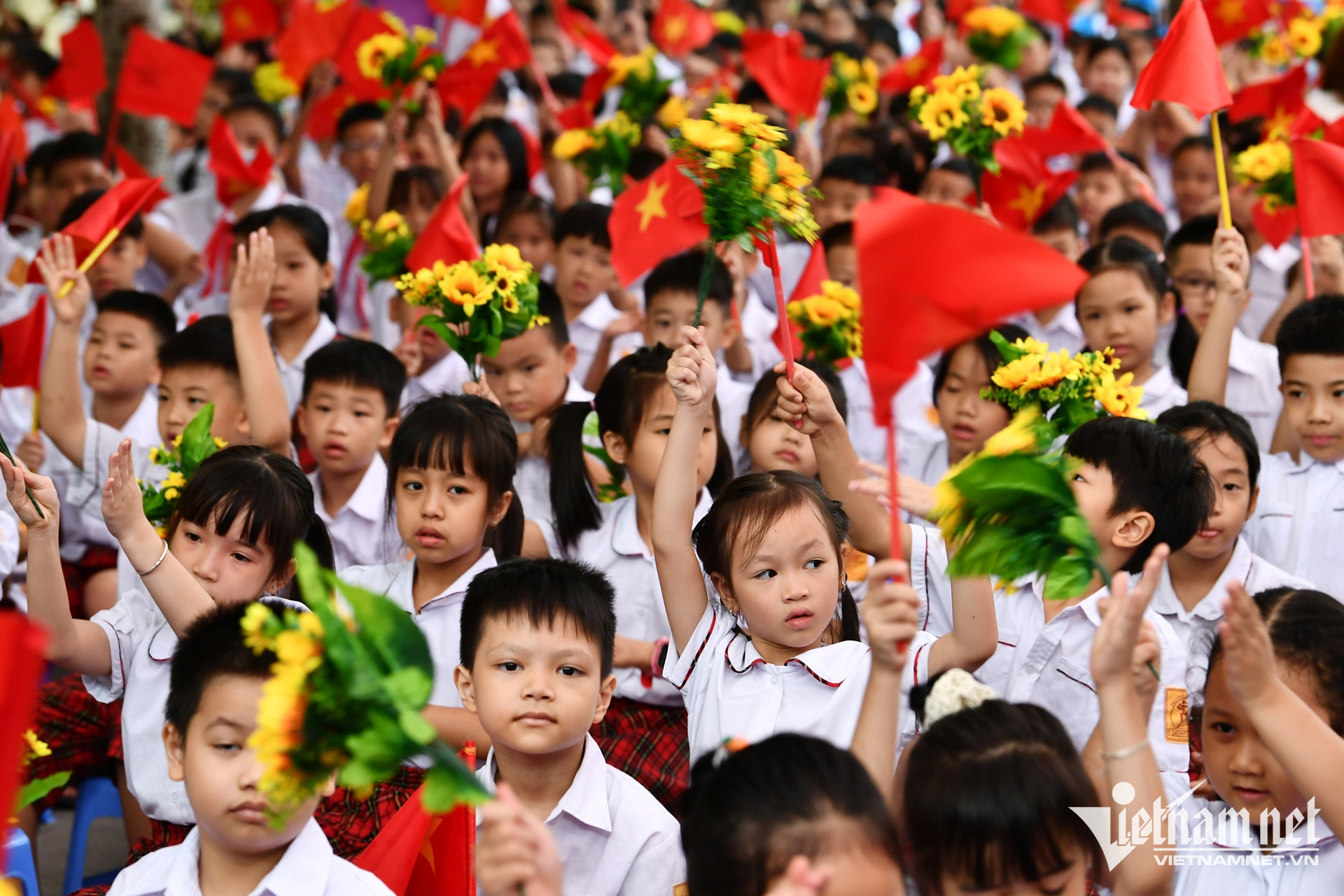
Photo: Hoang Ha
Improve the quality of health services to be on par with advanced countries in the region. Develop a national health facility network to meet the needs of caring for, protecting, and improving the health of the entire population.
Building a healthy cultural environment in all areas of social life. Developing a national network of cultural facilities to ensure the good performance of the task of preserving and promoting the values of national cultural identity, promoting the development of cultural industries...
Key tasks during the planning period
One of the key tasks during the planning period is to basically form the national infrastructure framework, focusing on transport infrastructure, urban infrastructure, rural infrastructure, energy infrastructure, digital infrastructure, cultural and social infrastructure, irrigation infrastructure, environmental protection, natural disaster prevention and control, and climate change adaptation...
The Resolution clearly states the orientation for socio-economic space development, including: Socio-economic zoning, regional development and linkage orientation; development of dynamic regions and national growth poles; development of economic corridors.
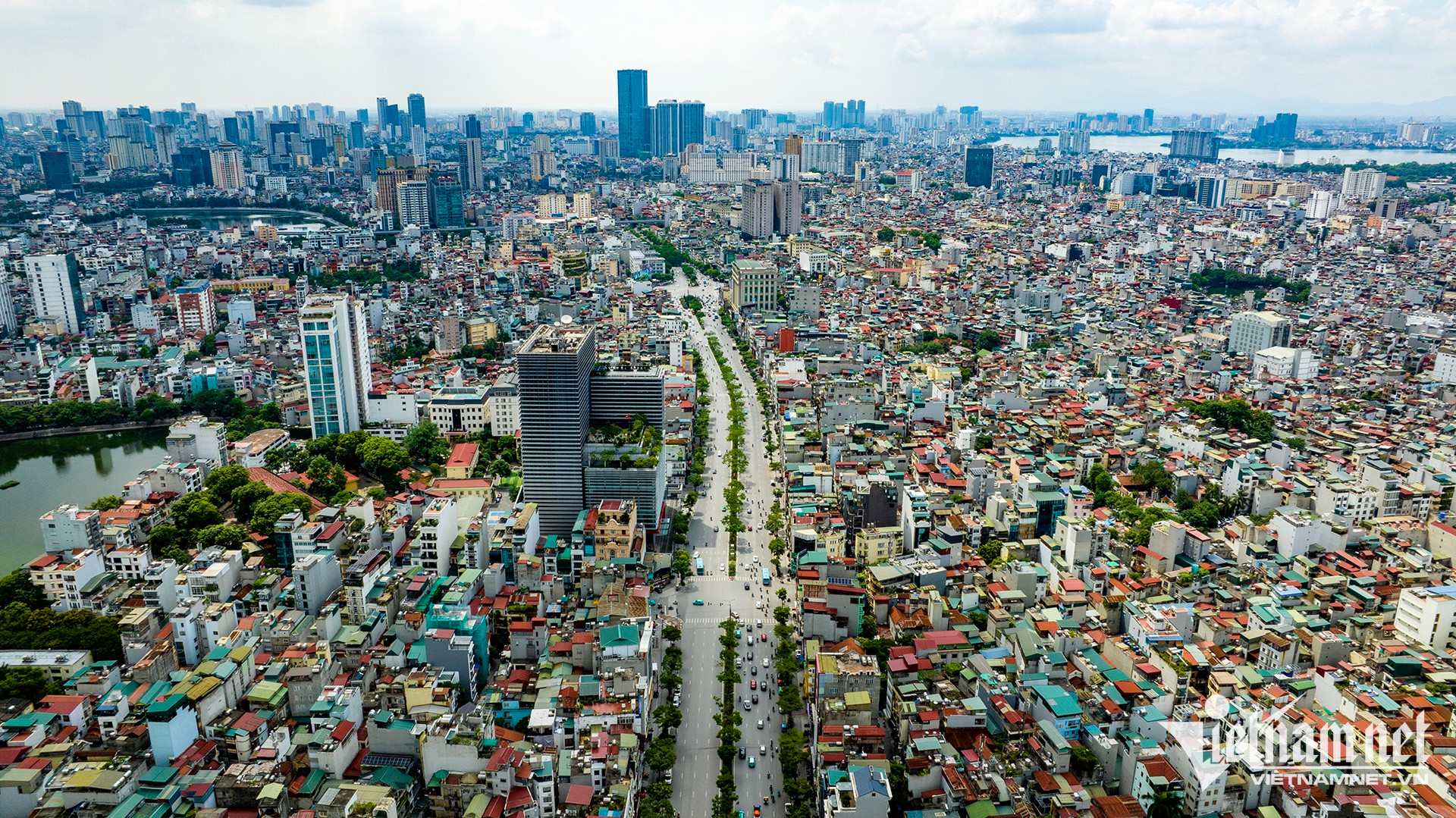
A corner of Hanoi capital. Photo: Hoang Ha
Regarding the development of dynamic regions, the resolution clearly states the selection of a number of locations with the most favorable conditions in the regions to form national dynamic regions.
Specifically, the development of the Northern dynamic region includes Hanoi city and areas associated with Ring Road 4, Ring Road 5, National Highway 5, National Highway 18, expressways CT01, ST04, ST05, ST07, CT09 through Hai Phong city and the provinces of Bac Ninh, Thai Nguyen, Phu Tho, Ninh Binh, Hung Yen, Quang Ninh; in which, Hanoi is the growth pole.
Building the Northern dynamic region to take the lead in developing high-quality human resources, science, technology, innovation, digital economy, digital society; promoting the role of the national economic, cultural, educational, training, healthcare, science, technology, and innovation center...
The development of the Southern dynamic region includes areas along Highway 22, Highway 13, Highway 1, Highway 51, the North-South Expressway in the West and Ring Road 4 through Ho Chi Minh City and Dong Nai and Tay Ninh provinces; in which Ho Chi Minh City is the growth pole. In the period after 2030, research will be done to expand the scope of the dynamic region.
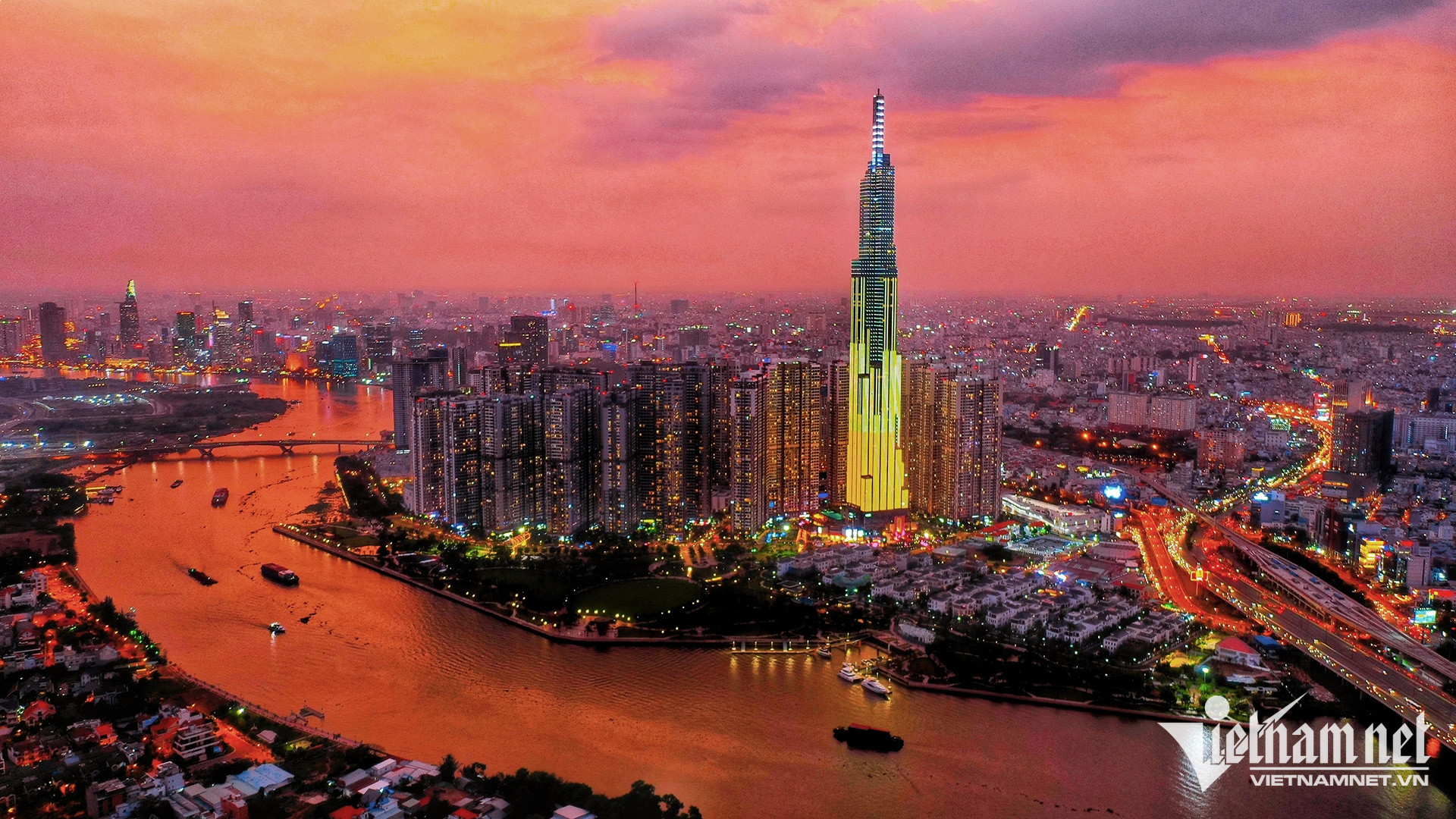
A corner of Ho Chi Minh City seen from above. Photo: Hoang Ha
Building the Southern dynamic region to lead the country and the Southeast Asian region in economics, finance, trade, services, healthcare, education, training and development of high-quality human resources, science, technology, innovation, and digital transformation. Focus on strongly developing the innovation ecosystem, taking the lead in transforming the growth model, building a digital economy and digital society.
Strongly develop financial, banking, science, technology, and logistics services. Develop an international financial center in Ho Chi Minh City with the goal of becoming a leading international financial center, raising Vietnam's position in the global financial network associated with economic growth momentum...
Forming and developing the dynamic region of the Central region including coastal areas of the provinces and cities: Hue, Da Nang, Quang Ngai, Gia Lai; in which Da Nang city is the growth pole...

Da Nang city seen from above. Photo: Hoang Ha
Forming and developing the Mekong Delta dynamic zone including the areas of Can Tho city and An Giang, Vinh Long, Dong Thap provinces associated with the connecting areas of expressways (North-South expressway in the East, Can Tho - Vinh Long section, An Huu - Cao Lanh expressway, North-South expressway in the West from Cao Lanh to Rach Soi, Chau Doc - Can Tho - Soc Trang expressway, Ha Tien - Rach Gia - Bac Lieu) and Phu Quoc special zone; in which Can Tho city is the growth pole. In the period after 2030, research to expand the scope of the dynamic zone associated with Tran De seaport.
Building the Mekong Delta dynamic region into a center of services, tourism, logistics, and industry serving agriculture. Forming key agricultural centers associated with specialized areas; building the region into a national center of science, technology, innovation in agriculture and services serving agriculture. Developing the marine economy, focusing on building Phu Quoc special zone (An Giang province) into an international center of marine services and eco-tourism, connecting with major economic centers in the region and the world.
Forming the North Central dynamic region includes areas along the Eastern North-South Expressway, National Highway 1 and coastal roads, linked with provincial central urban areas, coastal tourist urban areas and coastal economic zones of the three provinces of Thanh Hoa - Nghe An - Ha Tinh.
Building the North Central dynamic region into a center of the country's petrochemical, metallurgical, mechanical engineering, automobile and supporting industries; at the same time, rapidly developing new industries such as electronics, semiconductors, artificial intelligence, digital technology, high-tech industries..., creating a driving force to promote the socio-economic development of the entire region...
In addition, gradually build and form dynamic areas in the South Central Coast and Central Highlands (Khanh Hoa, Lam Dong and neighboring areas).
Vietnamnet.vn
Source: https://vietnamnet.vn/muc-tieu-2030-gdp-binh-quan-dau-nguoi-dat-8-500-usd-tuoi-tho-dat-75-5-tuoi-2449843.html


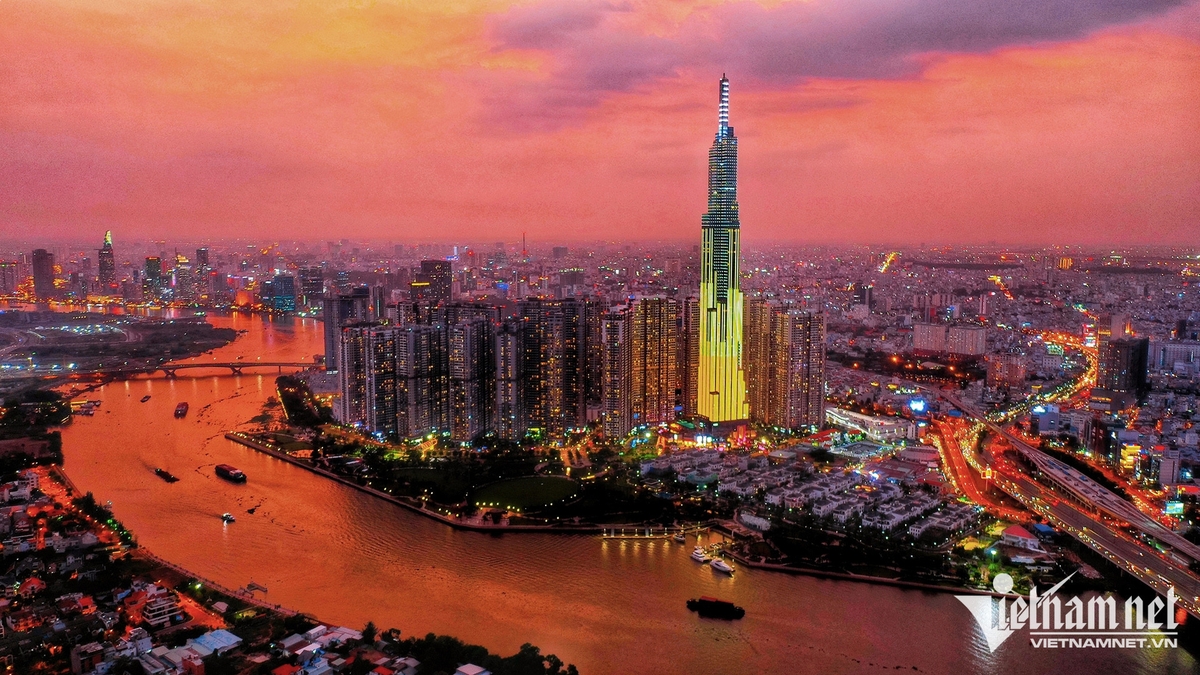

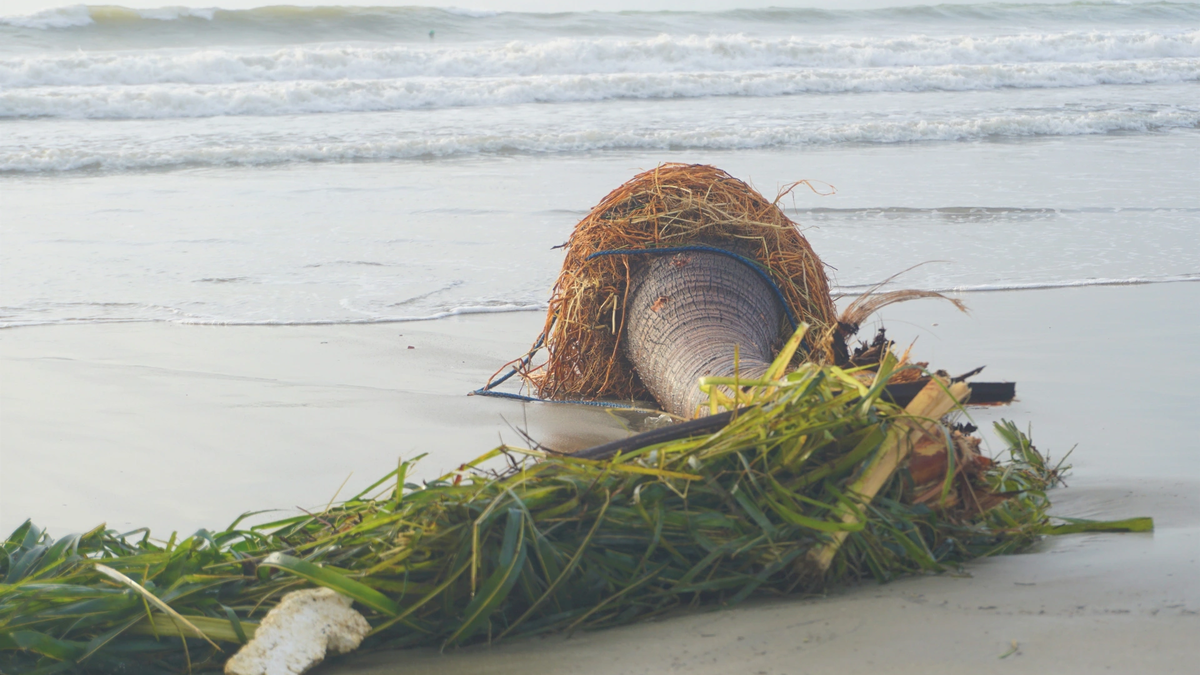
![[Photo] Da Nang: Hundreds of people join hands to clean up a vital tourist route after storm No. 13](https://vphoto.vietnam.vn/thumb/1200x675/vietnam/resource/IMAGE/2025/11/07/1762491638903_image-3-1353-jpg.webp)




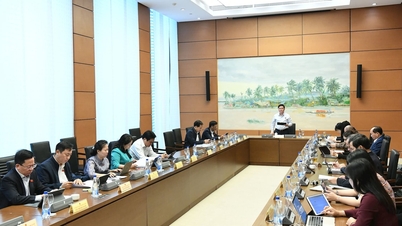



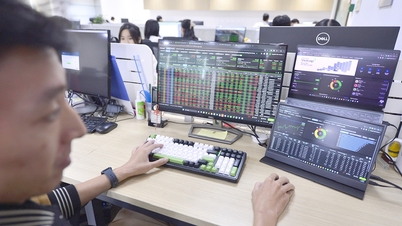




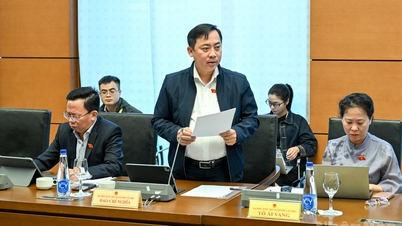

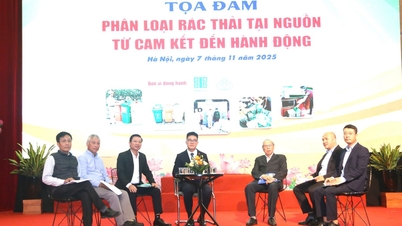









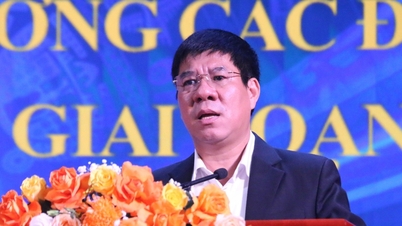

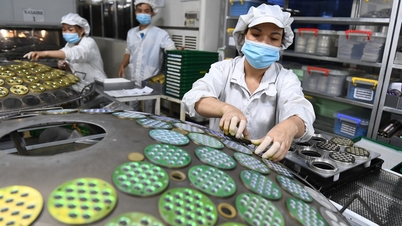










































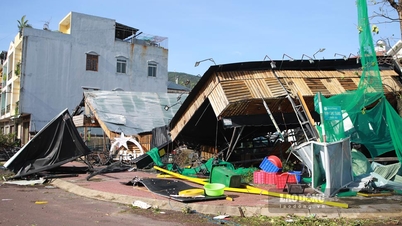




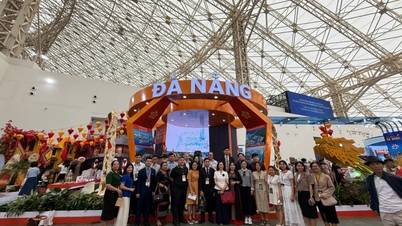
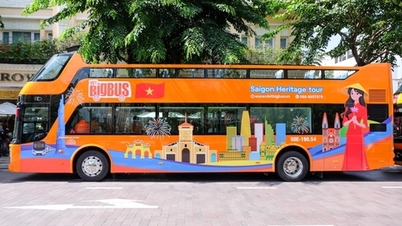
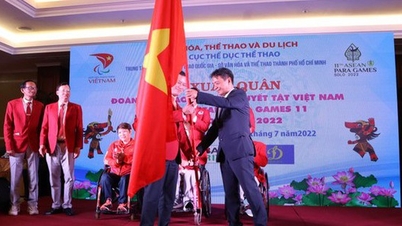

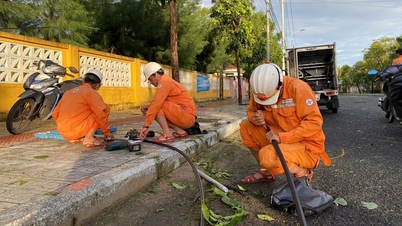






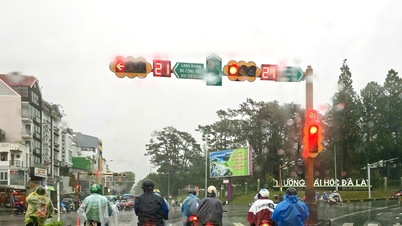

















Comment (0)